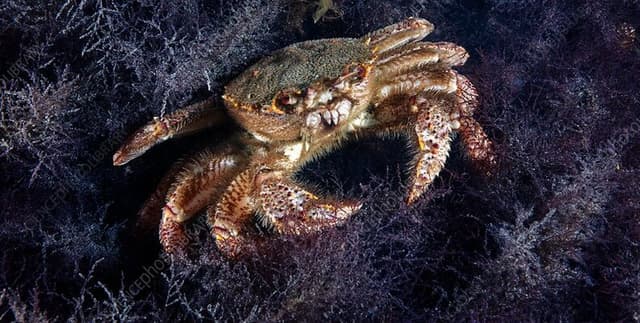NOAA Horsehair Crab Catch Data
Data Science and Analytics
Tags and Keywords
Trusted By




"No reviews yet"
Free
About
This data product offers crucial metrics concerning the catch per unit effort (CPUE) for commercial horsehair crab landings across the Alaskan Eastern Bering Sea. This data collection spans a significant time frame, from 1980 through 2018, providing valuable context for evaluating changes in fishing success and crab population dynamics over nearly four decades. Catch per unit effort is understood as an indirect measurement of the target species' relative abundance. The raw information was sourced from NOAA and subsequently prepared for analysis.
Columns
The product contains 11 fields, detailing haul specifics, location, environmental conditions, and catch statistics:
- id: The unique primary key identifier for each record.
- Latitude: The location in decimal degrees corresponding to the start point of the haul.
- Longitude: The location in decimal degrees corresponding to the start point of the haul.
- Year: The year when the crab specimen was collected.
- Name: The common marine organism name, which is consistently "hair crab" throughout the records.
- Maturity: Indicates the gender of the crab caught (Total male or Total female).
- Bottom Depth: The weighted average depth, measured in meters (m), derived by summing the gear depth and the net height.
- Surface Temperature: The temperature at the surface, recorded in tenths of a degree Celsius.
- Bottom Temperature: The average temperature, also measured in tenths of a degree Celsius, recorded at the deepest point of the trawl.
- Haul: A sequential number that uniquely identifies a specific haul within a given cruise, logged in chronological order of occurrence.
- CPUE: Catch per unit effort, defined as the number of crabs caught per area the net swept, measured in number/square nautical mile.
Distribution
The data is delivered in a CSV format, specifically named
horsehaircrab.csv, with a file size of 208.89 kB. The file structure consists of 11 columns. The majority of fields contain 2801 valid records. Data quality is high, with no missing data found for critical fields like location, haul, or CPUE. Minor data discrepancies exist for temperature measurements; for instance, bottom temperature is valid for 96% of the records, and surface temperature is valid for 98%. The expected update frequency for this product is never.Usage
This product is ideally suited for scientific research into marine ecology and population studies. It can be used for spatial analysis to map where commercial landings have occurred and to correlate environmental factors, such as surface and bottom temperatures, with the success rate of crab catches. The long time series (1980–2018) supports modelling efforts aimed at understanding the influence of changing ocean conditions on benthic crustacean populations.
Coverage
The geospatial data covers the Alaskan Eastern Bering Sea. The temporal scope ranges from 1980 to 2018. Geographically, latitudes recorded range from 54.7 to 62 decimal degrees, and longitudes range from -176 to -158 decimal degrees. The biological data details the common name, 'hair crab', and gender statistics, noting that male specimens account for 73% of the reported maturity observations.
License
CC0: Public Domain
Who Can Use It
- Fisheries Management Professionals: To assess the long-term viability of the commercial horsehair crab stock and inform quota decisions.
- Marine Biologists: To study shifts in species distribution and abundance patterns over time in response to climate or fishing pressure.
- Geospatial Analysts: To map and visualize historical fishing efforts and success rates across the Eastern Bering Sea.
- Academic Researchers: For ecological modelling that incorporates temperature, depth, and spatial location as covariates influencing catch rates.
Dataset Name Suggestions
- Alaskan Horsehair Crab Landings (1980–2018)
- Eastern Bering Sea Crab CPUE Metrics
- NOAA Horsehair Crab Catch Data
Attributes
Original Data Source: NOAA Horsehair Crab Catch Data
Loading...
